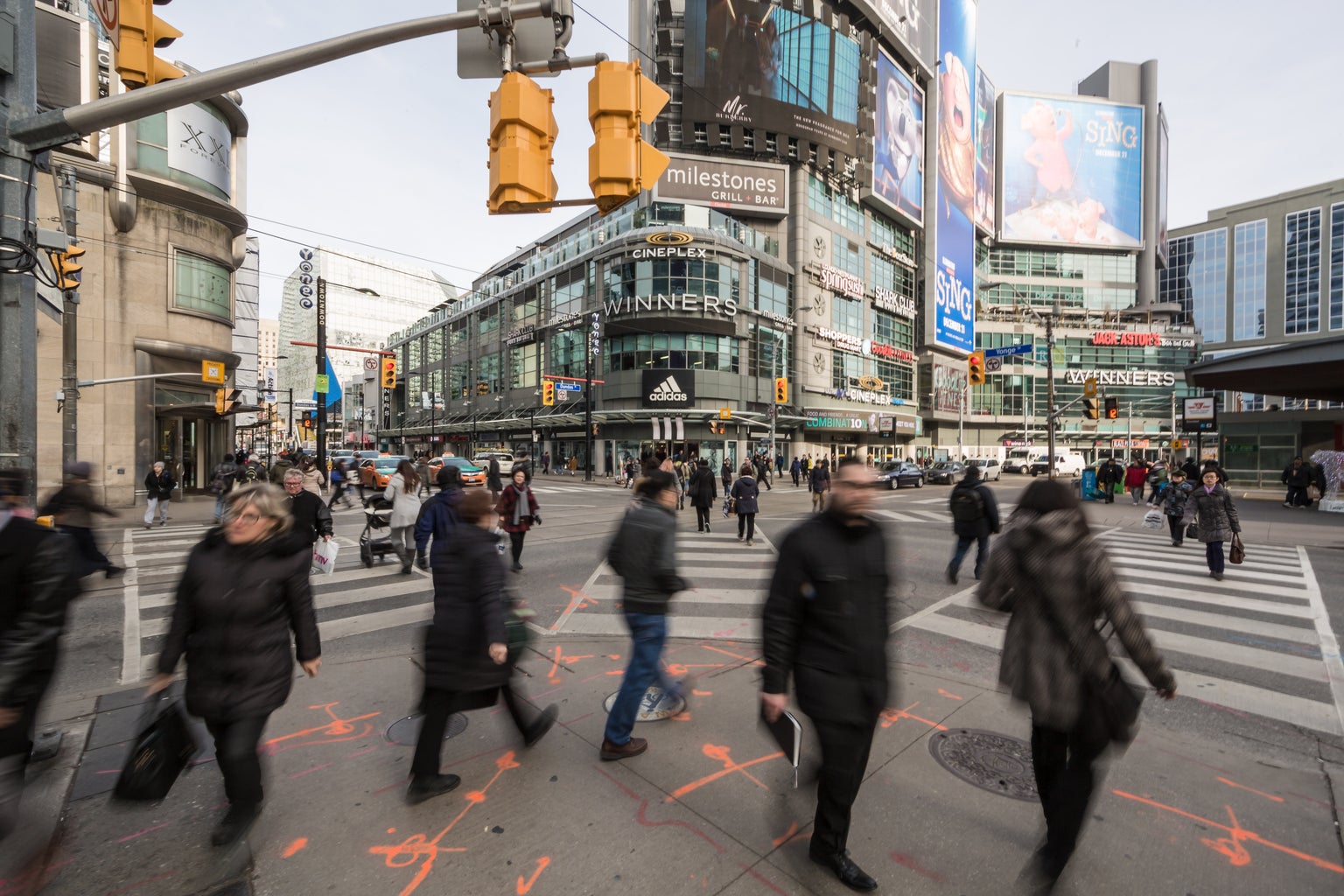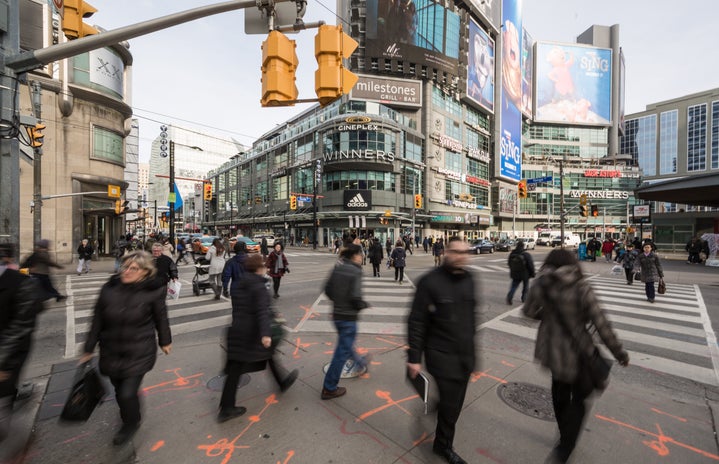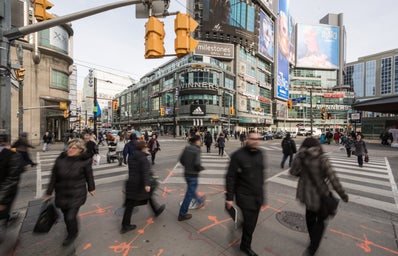Hello Historians! Welcome back to another post in the “Well Behaved Women…” blog series where we learn about and discuss women in history who history may have left behind. Today’s featured woman in history is Jane Jacobs.
Jane Jacobs, an activist and urbanist of the 20th century, has done everything I could ever hope to do, and she did it through observations on the seemingly mundane, like sidewalks, expressways, parks and city density.
Jacobs began her work in urban affairs and city planning when she was first hired in 1952 as an associate editor for “Architectural Forum,” a magazine in the 1900s which explored the industry, art and science of building construction. Before this job, Jacobs had no formal training as a city planner.
It was through this position that Jacobs developed an understanding of urban renewal plans and their effectiveness. She deduced that the way in which cities were operating was not effective, and ended up dedicating her life to urbanism and the bettering of city planning.

This was at a point in time where housing was undergoing and being affected by seismic shifts in the housing market. Early American suburbs were beginning to pop up in states all across the country. American cities and their residents were an afterthought to the federal government and the real estate market.
Jacobs worked tirelessly to defend the integrity and personality of cities everywhere. She spent most of her life in Greenwich Village in New York City, and also later lived in Toronto and traveled to many cities throughout her life to get a better understanding of urban planning.
Despite seeing many cities in her lifetime, Jacobs cautioned against a formulaic and uniform process in planning and construction. Just because Boston and Miami are along the coast does not mean that their city sprawls should be the same or even necessarily similar.
This was the core of Jacobs’ work: a city landscape must be created from the bottom up, with its community members allowing the life of their block to manifest into the visual and architectural aspects of the neighborhood.

Jacobs wrote about the height of skyscrapers and apartments, the grassroots aspect of urban living, helped preserve historic neighborhoods and successfully helped shift cities away from a car-dependent society and towards public transportation (Americans still currently drive more than anyone else in the world, a fact that has environmental, societal and economic consequences).
In her work, Jacobs drew diagrams, pictures and wrote detailed descriptions of a city’s landscape and the positive and negative aspects of it at her time of observation. Through her work, she advocated for a more community and use-based model of housing and opposed city landscapes only serving commercial use.
One thing that Jacobs has been criticized for not talking about in her work extensively enough is the aspects of racism in urban housing and its history. More specifically, what must be done to dismantle the systems in place in the housing market that perpetuate segregation and generational inequality.

The extent of Jacobs’ work and impact is not limited to writing either. In 1962, Jacobs became the chairman of the Joint Committee to Stop the Lower Manhattan Expressway. The Lower Manhattan Expressway was intended to go through Washington Square Park and the West Village (Can you imagine! Think of all the movie scenes that would be lost if Washington Square Park became a busy asphalt strip).
She attended protests against the expressway, was arrested for her efforts and eventually achieved success when the plan to develop the expressway fell through.
Although she passed away in 2006, Jane Jacobs’ legacy still lives on. It lives in the way that architects, criminologists, urban planners, politicians and people view their cities and their jobs. Her work provided a space to develop and cultivate the beauty that lives in cities all across the world.



